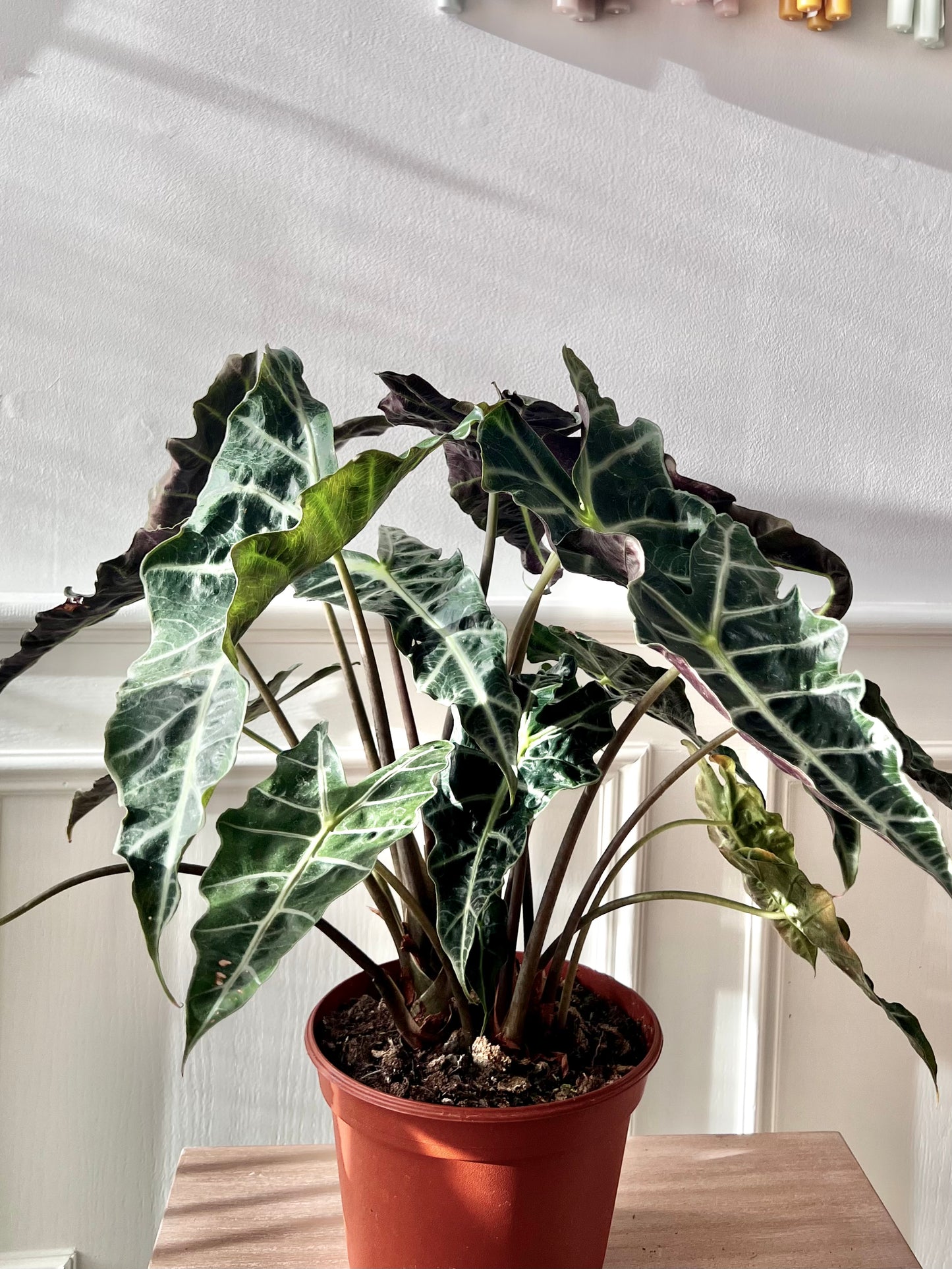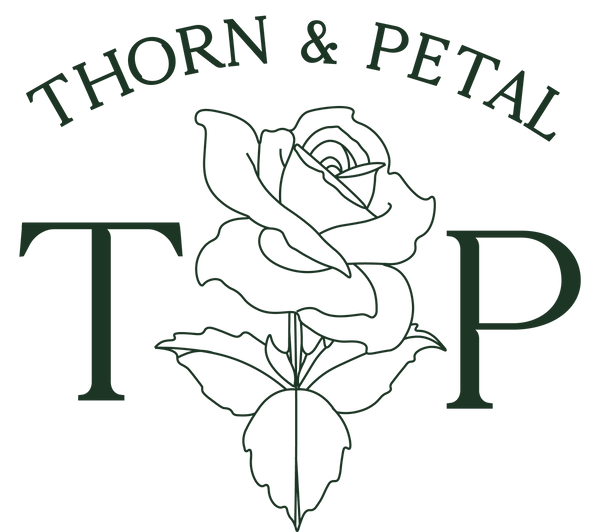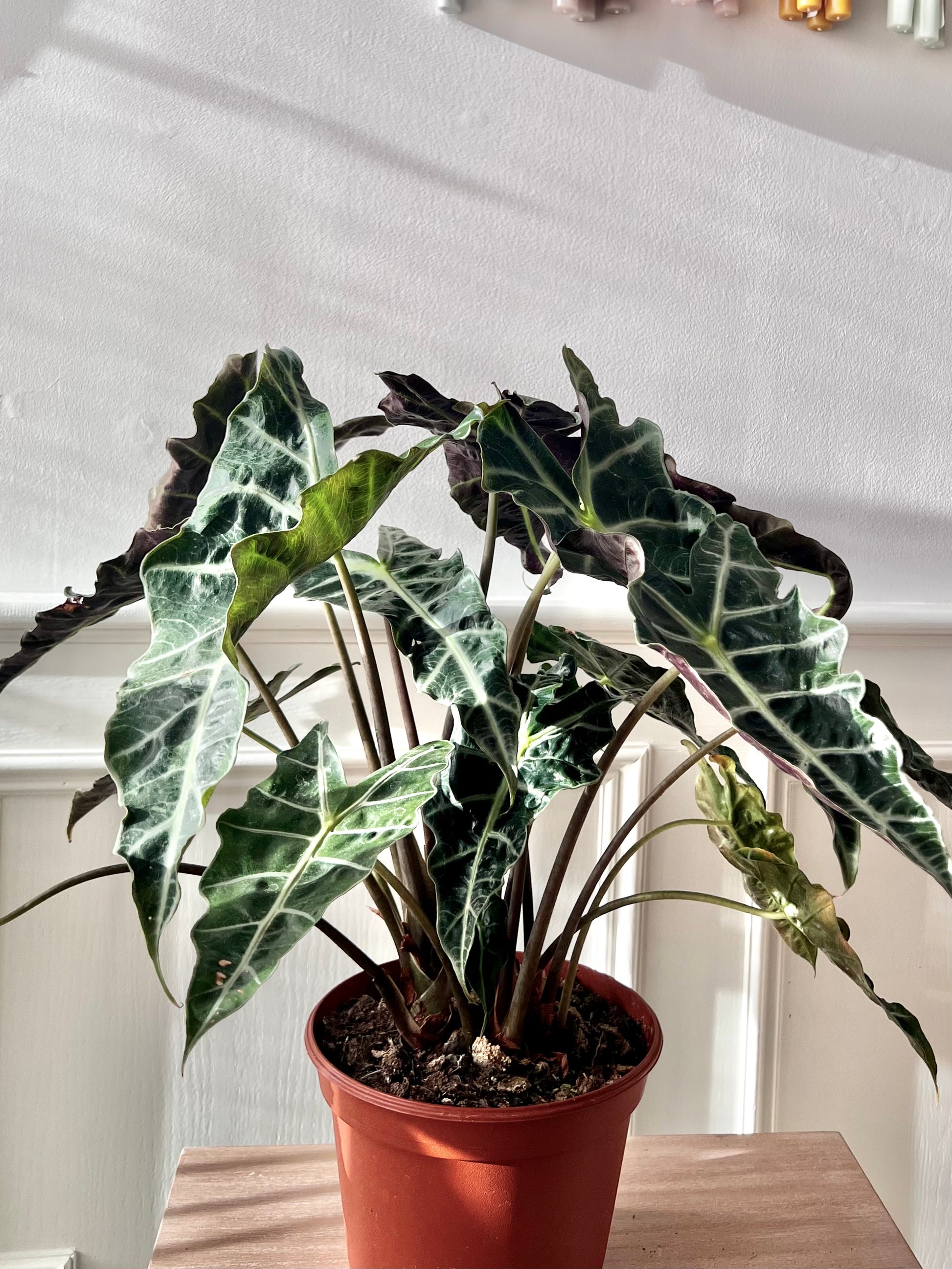Alocasia Polly
Alocasia Polly
Couldn't load pickup availability
Alocasia Polly, also known as Alocasia amazonica Polly or Alocasia Polly African Mask, is a popular tropical plant appreciated for its striking foliage and relatively easy care requirements. Here's some information about Alocasia Polly:
-
Appearance: Alocasia Polly is characterized by its large, arrowhead-shaped leaves with distinctively scalloped edges. The leaves are typically glossy and dark green with prominent white or silvery veins. The plant grows from a tuberous rhizome and can reach heights of up to 2 feet (60 cm) indoors, although it may grow larger in its native habitat.
-
Native Habitat: Alocasia Polly is native to the rainforests of Southeast Asia, particularly regions of Thailand, Malaysia, and Indonesia. In its natural habitat, it thrives in warm, humid conditions with filtered sunlight and well-draining soil.
-
Light: Alocasia Polly prefers bright, indirect light. While it can tolerate some direct sunlight, prolonged exposure to intense sunlight may scorch its leaves. Place the plant near a window where it can receive plenty of bright, indirect light, but avoid placing it in direct sunlight.
-
Watering: Keep the soil consistently moist but not waterlogged. Water Alocasia Polly when the top inch of soil feels dry to the touch, allowing excess water to drain away freely from the pot. Avoid overwatering, as this can lead to root rot and other issues. In winter, reduce watering frequency as the plant's growth slows down.
-
Humidity: Alocasia Polly prefers high humidity levels. Mist the leaves regularly with room-temperature water to increase humidity, especially if you are growing the plant indoors. You can also place a humidifier near the plant or set the pot on a tray filled with pebbles and water to create a humid microclimate.
-
Temperature: Alocasia Polly thrives in warm temperatures ranging from 65°F to 80°F (18°C to 27°C). It is not cold-hardy and should be protected from temperatures below 60°F (15°C), as cold temperatures can damage or kill the plant.
-
Soil: Plant Alocasia Polly in a well-draining potting mix rich in organic matter, such as a mixture of peat moss, perlite, and compost. Ensure that the pot has drainage holes to prevent waterlogging, which can lead to root rot.
-
Fertilization: Feed Alocasia Polly with a balanced liquid fertilizer diluted to half-strength every two to four weeks during the growing season (spring and summer). Reduce or eliminate fertilization during the fall and winter months when the plant's growth slows down.
-
Potting and Repotting: Repot Alocasia Polly as needed when it outgrows its pot or becomes root-bound. Choose a slightly larger pot with good drainage and fresh potting mix. Repotting is best done in spring or early summer when the plant is actively growing.
Share


